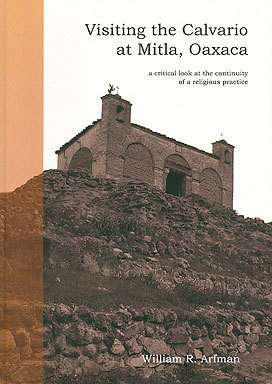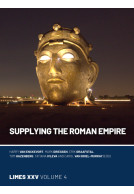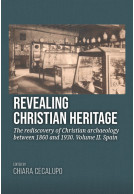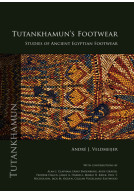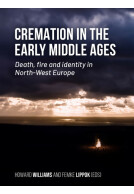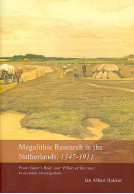Google Books previews are unavailable because you have chosen to turn off third party cookies for enhanced content. Visit our cookies page to review your cookie settings.
Visiting the Calvario at Mitla, Oaxaca (Paperback)
Imprint: Sidestone Press
Pages: 158
ISBN: 9789088900082
Published: 1st December 2008
Script Academic
Pages: 158
ISBN: 9789088900082
Published: 1st December 2008
Script Academic
You'll be £32.00 closer to your next £10.00 credit when you purchase Visiting the Calvario at Mitla, Oaxaca. What's this?
+£4.99 UK Delivery or free UK delivery if order is over £40
(click here for international delivery rates)
Need a currency converter? Check XE.com for live rates
(click here for international delivery rates)
Need a currency converter? Check XE.com for live rates
In the centre of the Mexican town of Mitla stands a run-down chapel on an overgrown pre-colonial pyramid. The chapel, housing three crosses, is the town's Calvario, the local representation of the hill on which Christ died. Although buses full of tourists on their way to Chiapas or on daytrips from Oaxaca City swarm the town every day almost none of them ever visit the Calvario. Instead they stick to the tourist zone to marvel at the famous mosaic friezes of the pre-colonial temples and shop for traditional souvenirs in the tourist market. If they would climb the steep steps to the chapel they would discover that despite appearances the building still sees extensive use as pilgrims from the wide Zapotec region visit it to bring offerings to and ask favours of the souls of their dearly departed. And as these offerings consist of elaborate arrangements of flowers, fruits, black candles, cacao beans and bundles of copal incense, such tourists might well start to wonder where the origins of these practices lie. It is this question that this thesis seeks to answer. To achieve this, current theories on cultural continuity, syncretism, the materiality of religion and ritual theory are combined with a study of archaeological, historical, iconographical and anthropological sources. In addition ethnographic fieldwork has been conducted to come to a better understanding of the offerings made in the Calvario today. In three parts, the thesis first addresses the history of Mitla as 'The Place of the Dead', then of the Calvario as a ritual location and finally of the offerings for the dead. Combining these three lines of research an interesting image is formed of the continuity of ancestor veneration in this busy tourist town.
Other titles in Sidestone Press...







